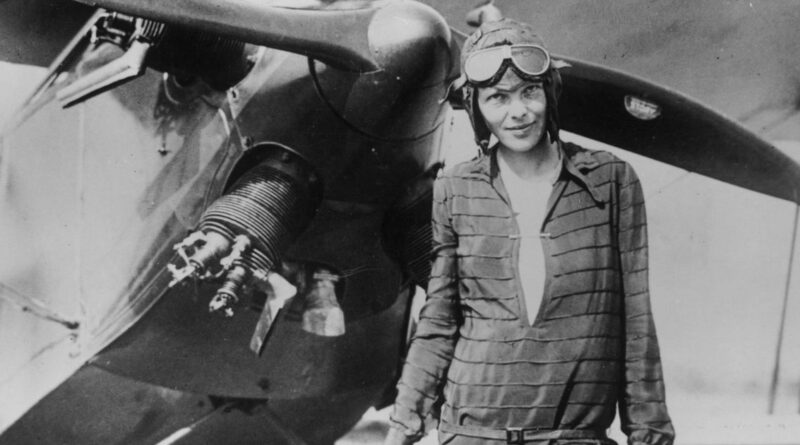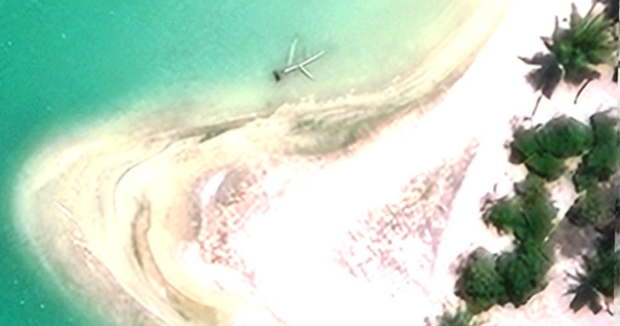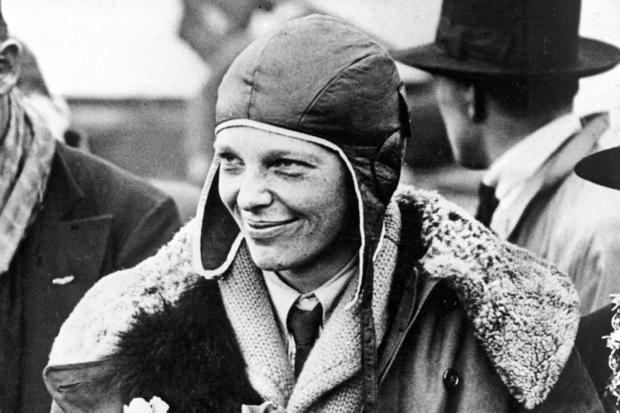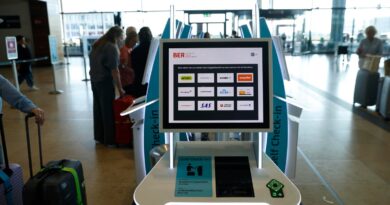Expedition to locate Amelia Earhart’s plane delayed by permit approval process, weather
An expedition to try to locate Amelia Earhart’s plane on a remote island in the Pacific has been delayed until next year, Purdue University said Monday.
A team of researchers was planning to travel to Nikumaroro Island in early November to determine whether something known as the Taraia Object — a visual anomaly seen in satellite and other imagery — is Earhart’s aircraft. They are now awaiting additional clearances from local authorities as they work through the permit approvals, and cannot go later this year due to the start of cyclone season, according to a news release.
“We’ve overcome other challenges to this project over the past four years, and we will get past this one, too,” Richard Pettigrew, executive director of the Archaeological Legacy Institute, said in the release. “Because of the compelling evidence we have in front of us, we have to go to Nikumaroro and get a close look at the Taraia Object. Rest assured that we will do just that, so stay tuned! We will have a revised project schedule worked out soon.”
The underwater object has been visible in photos dating back to 1938, the year after Earhart and navigator Fred Noonan disappeared while Earhart — flying a Lockheed 10-E Electra — tried to become the first female aviator to circle the world.
Rick Pettigrew, Archaeological Legacy Institute
Researchers previously said there is “very strong” evidence that the object, which is in a lagoon on Nikumaroro, a small island in Kiribati about halfway between Australia and Hawaii, is the iconic aviator’s plane. Some, however, have expressed skepticism. “We’ve looked there in that spot, and there’s nothing there,” Ric Gillespie, executive director of the International Group for Historic Aircraft Recovery, told NBC News in July.
A team of researchers from Purdue and the Archaeological Legacy Institute plan to take photos and videos of the site, then use magnetometers and sonar devices to scan the area. The item will then be dredged and lifted from the water so researchers can attempt to identify it.
Expedition member Steve Schultz, who is Purdue University’s senior vice president and general counsel, said “maritime expeditions require thorough preparation and numerous clearances.”
“We have gained valuable insights throughout this process and are very confident and resolved to continue this quest with a planned 2026 departure,” he said.
/ AP







